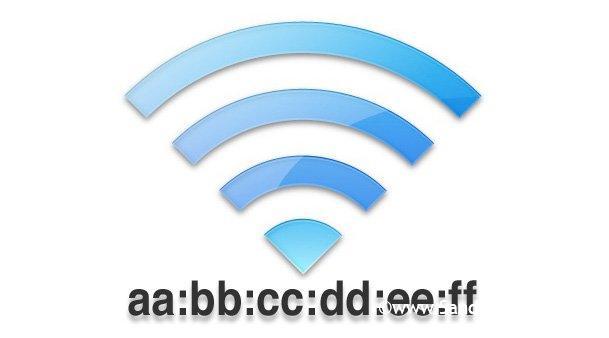If you don’t know what MAC filtering is, we don’t blame you. Everybody starts to learn at some point, and updates always arrive when it comes to technology. MAC filtering refers to a security access control method in computer networking used for allowing MAC addresses assigned to each network card to determine access to the network.
You can use MAC address filtering to block traffic that comes from certain machines or devices. Enabling the functionality isn’t difficult if you carefully follow these steps:
- Select Firewall, then look for Advanced Settings and ultimately hit the MAC Filtering
- Check the Enable square, and you’ll immediately see the Policy for MAC Addresses Listed Below Here, you can choose any of these two options:
- Block and Allow the Rest: this option will allow for blocking the traffic from the MAC addresses specified and allowing traffic from all the other addresses.
- Allow and Block the Rest: this option will obviously allow traffic from specified MAC addresses and block traffic from all other machines from the router’s LAN side.
- Access the MAC Addresses table and select Add.
- Insert the MAC addresses and also the description for the table and select Save. You’ll have to repeat the procedure for each address.
- Select Save, and you’re done! Congrats!
If the common IP addresses such as “192.168.178.1” or “10.0.0.1.” don’t work to open up your router’s admin website in your preferred browser, you must check the manufacturer’s web page to find out the exact IP address of your router.
It’s worth knowing that MAC filtering is also used for enterprise wireless networks that present multiple access points for creating a private VLAN and prevent clients from communicating with one another. After a certain configuration of the access point, clients can talk only to the default gateway.
